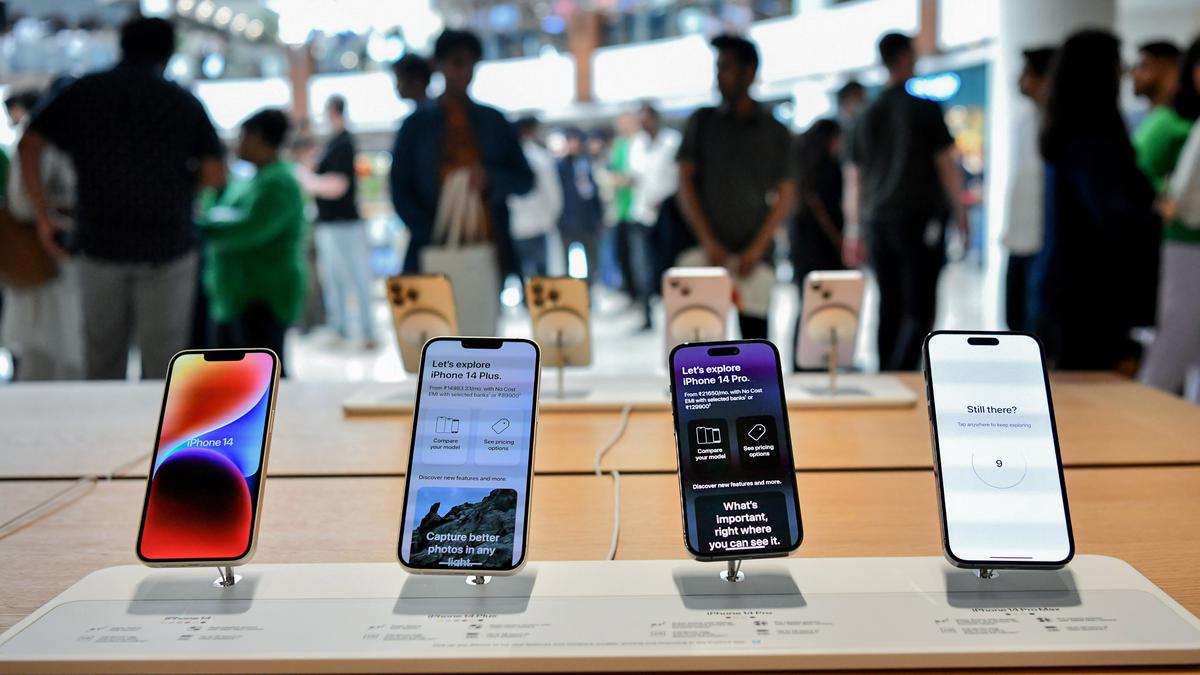According to renowned analyst Ming-Chi Kuo of TF International Securities, India-made iPhones are set to make up a significant portion of Apple’s global iPhone shipments in the coming years. Kuo projects that by 2023, India-made iPhones will account for 12% to 14% of Apple’s global iPhone shipments, with this figure rising even further in 2024.
Key Takeaway
India is becoming increasingly important to Apple, with the market projected to account for a significant portion of its global iPhone shipments in the coming years. The shift towards India-made iPhones not only strengthens Apple’s relationship with the Indian government but also aligns with its efforts to diversify its manufacturing operations away from China.
Increasing Importance of the Indian Market
Kuo suggests that Apple’s reliance on the Indian market will continue to grow, with India-made iPhones projected to constitute 20% to 25% of Apple’s global iPhone shipments by next year. This estimate aligns with a previous forecast from JPMorgan, which predicted that Apple might shift 25% of its total iPhone production to India by 2025.
Foxconn currently holds the majority share of India’s iPhone production capacity, accounting for 75% to 80%. However, Kuo anticipates that this dynamic will change as the Indian conglomerate Tata Group enters the picture. Tata Group is expected to manufacture iPhones at the Wistron production line they recently acquired in India.
Apple’s Focus on India
Apple has been actively expanding its presence in India. The company opened its first two official retail stores in the country this year and is exploring the launch of Apple Pay in collaboration with HDFC Bank. Furthermore, Apple is seeking to attract more Indian consumers to purchase its handsets.
In fact, research firm Counterpoint reported that between July and September of this year, Apple shipped over 2.5 million iPhone units in India, marking its most successful quarter in the South Asian market.
India’s Manufacturing Incentives and Growth
India has been offering substantial financial incentives to attract global companies, including Apple, to establish manufacturing operations in the country. As major companies look to reduce their reliance on China, India’s “China + 1” strategy has gained traction.
India’s Minister of Information Technology, Ashwini Vaishnaw, highlighted the remarkable growth of the mobile manufacturing sector in the country. In just nine years, India’s mobile manufacturing and exports have reached $44 billion and $11 billion, respectively, generating significant employment opportunities.
Future Production and Expansion Plans
Looking ahead, Kuo predicts that Apple will begin introductory production for the standard iPhone 17, slated for launch in the second half of 2025, in India by the second half of next year. This development signifies Apple’s first instance of initiating the development of a new iPhone model outside of China. Kuo explains that the selection of the standard iPhone model for production in India minimizes design risks due to its less complex development process.
Kuo also estimates that by 2024, Foxconn’s production capacity in China will significantly decline, with a projected reduction of 35% to 45% in Zhengzhou and 75% to 85% in Taiyuan. These changes in production scale can be attributed to both Apple’s expansion in India and Luxshare’s increased iPhone order allocation and production line automation improvements.

























